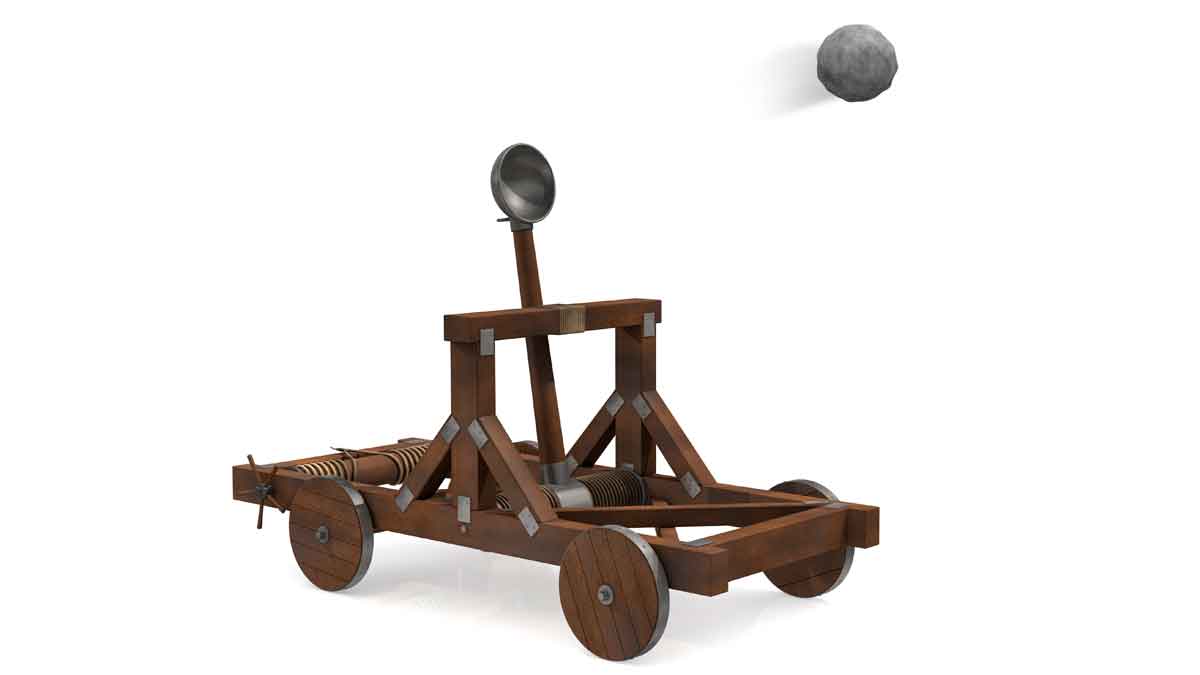Years from now, we’ll think it quite strange that B2B companies explored market needs by launching products to see if anyone would buy them. In the future, B2B companies will have a complete understanding of market needs before they begin developing their products, let alone launch them. Want to start before your competitors?
More in white paper, Catch the Innovation Wave (page 5).
A fine innovation metric is the vitality index… % of total sales from new products (usually launched in the last 3 or 5 years). But it doesn’t tell you why your % is going up or down, does it? Sure, you can see which new products contributed… but you need to uncover the underlying reasons driving results. Otherwise you’re just watching from the bleachers.
More in article, 3 Problems with Innovation Metrics (Originally published in B2B Organic Growth Newsletter).
Clever companies realize they’ll “hear what they want to hear” without quantitative VOC. To do it right, B2B companies should weight responses based on customer buying power. And don’t just ask for importance ratings: Ask for satisfaction ratings as well. The only hope for premium pricing is pursuing needs that are both important and unsatisfied.
More in article, Constraints to Organic Growth
Two conditions must be present to capture maximum value in product pricing. Condition A: Your product provides a benefit the customer values greatly. Condition B: The customer is unable to get this value elsewhere. If you only interview customers, you learn A, but not B. You need rigorous side-by-side testing for B. Few companies do this correctly. Do you?
More in article, 5 Growth Risks You Can Stop Taking (Originally published in B2B Organic Growth Newsletter).
If a stock’s P/E ratio is 20-to-1, then only 5 percent of a firm’s value is driven by this year’s earnings. Put another way, 95 percent of shareholder value is driven by investors’ expectations of the future. Executives with rich stock options have “motive and opportunity” to manipulate these expectations… in ways that often damage the firm’s long-term health.
More in article, Why Maximizing Shareholder Value is a Flawed Goal (Originally published in B2B Organic Growth Newsletter).
Think your VOC work is done if you can splash some pithy customer quotes on a PowerPoint slide? Nope. You must conduct quantitative interviews to isolate the important, unsatisfied outcomes (using 1-10 scales). We all “hear what we want to hear”… so unfiltered customer data is needed. Never spend development dollars until someone “shows you the numbers.”
More in article, Why Advanced VOC Matters (Originally published in B2B Organic Growth Newsletter).
If your new product development process begins with “idea generation,” is it your idea… or your customers’? If you start with your idea, you probably won’t understand customer needs until the end… by seeing if they buy your new product. Why not flip your approach and start with customer needs? Unless you’d rather your R&D kept guessing at customer needs.
More in e-book, Reinventing VOC for B2B (page 4).
Traditional VOC relies on questionnaires, tape recorders and post-interview analyses. That’s fine for B2C, but your B2B customers are insightful, rational, interested and fewer in number. They’re smart and will make you smarter if you engage them in a peer-to-peer fashion, take notes with a digital projector, skillfully probe, and let them lead you.
More in executive briefing, Seven Mistakes that Stunt Organic Growth.
We all hear what we want to hear. So we should require unfiltered, quantitative Voice of the Customer data.
After presenting conclusions from months of Voice of the Customer research, a marketer’s boss said, “No… I think customers want this instead.” A terrible reaction, but why did it happen? The marketer had no hard data—just quotes, impressions and anecdotes. You’ll be more believable, confident and correct—with unfiltered, quantitative VoC data.
More in article, 5 Growth Risks You Can Stop Taking (Originally published in B2B Organic Growth Newsletter).
Problem 1—What’s the right question?—focuses on market needs. Problem 2—What’s the right answer?—is all about your solutions. Most companies put 90+% of project spending into Problem2, yet Problem 1 causes most new product failures. Hmmm… are you sensing a possible competitive advantage here? Will you explore it further? Will you seize it?
More in white paper, Catch the Innovation Wave (page 4).
As we begin training employees in B2B front-end-of-innovation skills, the business leader often asks, “Can you make the project teams go faster?” I understand this… but a better approach would have been to not dither away so many months making a decision to start training in the first place. Investing in such skills can never begin too soon.
Learn more about B2B innovation at www.theaiminstitute.com.
Cross “interview guide” off your packing list and add “digital projector.” The former indicates you—not the customer—will be guiding the interview. Not good. Project your notes and let the customer tell you their next problem or ideal state: You’ll learn what you didn’t know you didn’t know, they’ll correct your notes, and they’ll be much more engaged.
More in article, Why Advanced VOC Matters (Originally published in B2B Organic Growth Newsletter).
Many suppliers unwittingly detach from customers with a host of risky behaviors: 1) Asking customers to fill in boring questionnaires, 2) using interviews to “validate” their preconceived solutions, 3) failing to probe with insightful questions, and 4) neglecting to follow-up interviews with rich, ongoing engagement. Is it time to learn customer-engagement skills?
More in article, 5 Growth Risks You Can Stop Taking (Originally published in B2B Organic Growth Newsletter).
Do you think your competitors also plan to exceed market growth? So, all the competing suppliers plan to grow faster than the market they serve, year… after year… after year. As Dr. Phil would say, “How’s that been working for you?” Maybe it’s time for a different plan. A plan built on innovation, not hope… on well-grounded skills, not blue-sky spreadsheets.
More in white paper, Catch the Innovation Wave (page 4).













